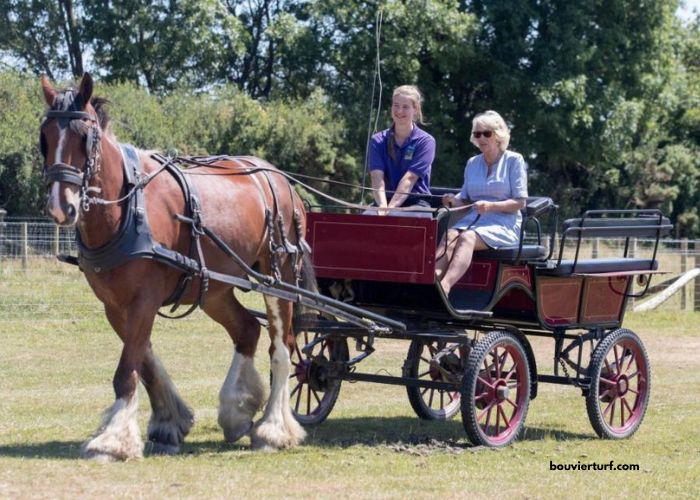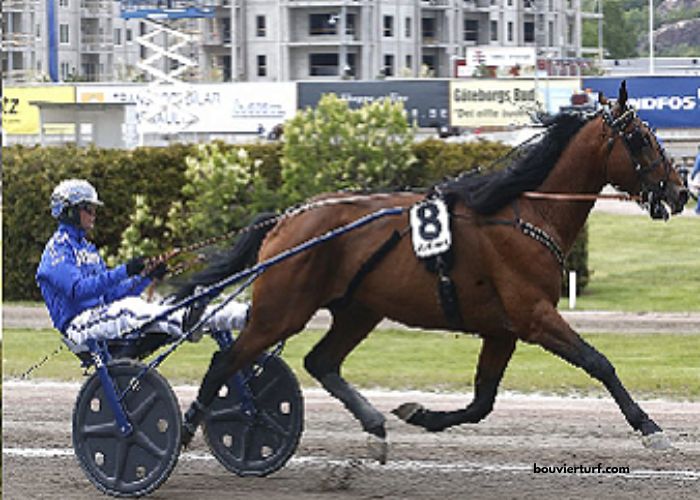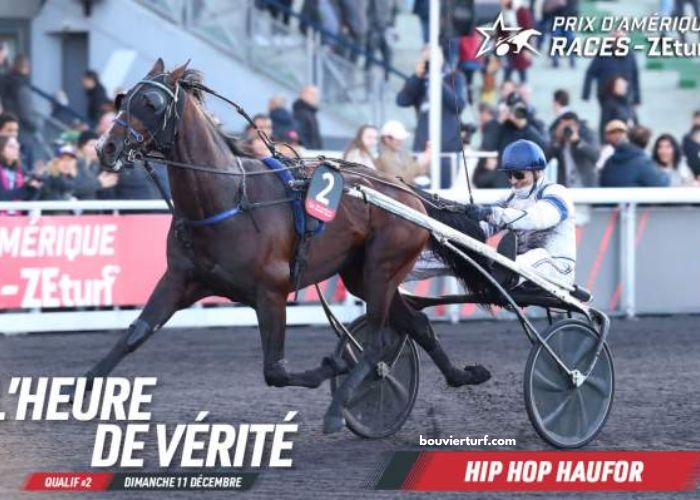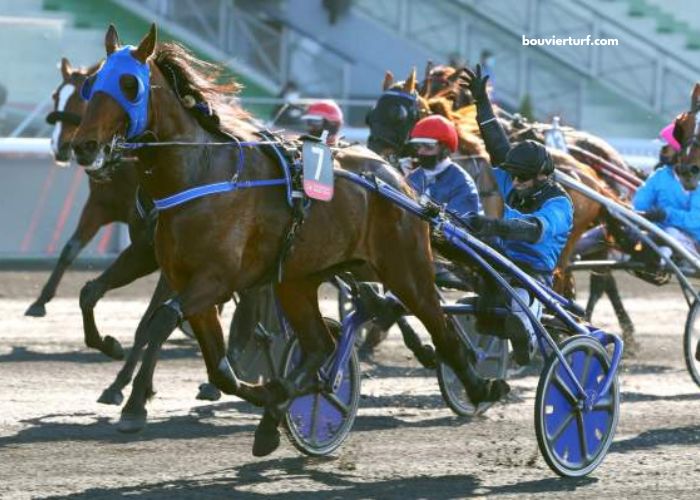Indice DE Forme is an essential tool in the world of horse racing, helping bettors and fans assess a horse’s current performance level. The term refers to a numerical score or ranking that reflects how well a horse has been performing in recent races.
This evaluation is based on various factors, including the horse’s finishing positions, the quality of the competition, track conditions, and overall form. By understanding the Indice DE Forme, bettors can make more informed decisions, increasing their chances of success.
In horse racing, the Indice DE Forme serves as an indicator of a horse’s fitness, readiness, and ability to perform under different circumstances. It helps to separate horses that are in good form from those that may be struggling, making it a valuable asset for anyone interested in the sport. Whether you’re a seasoned bettor or a casual fan, learning how to interpret the Indice DE Forme can significantly enhance your understanding of the races and improve your betting strategies.
What Is Indice DE Forme?
Indice DE Forme is essentially a performance index used to track and rank the current form of a horse. This score is determined by evaluating how well the horse has performed in its most recent races, taking into account various factors like the race outcomes, track conditions, and the level of competition. The Indice DE Forme score typically reflects a horse’s recent performance trends, offering a snapshot of its condition and potential for upcoming races.
The purpose of the Indice DE Forme is to provide bettors with a quick and reliable way to gauge the performance of a horse. A high score usually indicates that the horse is in strong form, while a low score suggests that the horse may be struggling or facing challenges. By paying close attention to this index, bettors can make more accurate predictions about which horses are likely to perform well in their next race. The Indice DE Forme can thus be a powerful tool in improving betting accuracy.
How Is Indice DE Forme Calculated?
The calculation of Indice DE Forme involves several key factors that contribute to a horse’s performance. These factors typically include the horse’s recent race results, the quality of the races it has participated in, the finishing positions, and the conditions under which the races were held. A horse’s performance is scored based on these elements, with higher marks awarded for strong finishes, consistency, and competitiveness in tough fields.
The Indice DE Forme may also take into account the track conditions, as horses may perform better or worse depending on whether the track is dry, wet, or in other conditions. Jockey and trainer performance can also play a role, as the expertise of these individuals can influence a horse’s ability to perform.
By aggregating all of these factors, the Indice DE Forme offers a comprehensive measure of a horse’s recent form, helping bettors make informed decisions about which horses to back.
Why Is Indice DE Forme Important for Betting?
For horse racing bettors, understanding the Indice DE Forme is vital because it provides a clear and concise representation of a horse’s current performance. Betting without considering the form of the horses can be a risky endeavor, as past performances are often indicative of future success. By analyzing the Indice DE Forme, bettors can identify horses that are in good form and are more likely to perform well, improving their chances of making profitable bets.
The Indice DE Forme is particularly useful in races with large fields, where it can be difficult to choose between several contenders. In such cases, a horse with a high Indice DE Forme is often a safer bet, as it indicates that the horse has been consistently performing well.
Conversely, horses with lower scores might be worth avoiding unless they have a good reason to improve, such as a change in training or equipment. Therefore, the Indice DE Forme serves as a crucial piece of information for bettors seeking to maximize their chances of winning.
How Can Bettors Use Indice DE Forme to Improve Their Betting Strategies?
Bettors can use the Indice DE Forme to enhance their betting strategies in several ways. One of the most effective ways is to focus on horses with a consistently high Indice DE Forme, as these horses are likely to continue performing well in future races. By tracking a horse’s form over time, bettors can identify trends that can inform their bets.
Additionally, bettors can use the Indice DE Forme to compare horses within a race. By evaluating the form of all the horses in a particular event, bettors can make more informed decisions about which horses have the best chance of winning or placing.
For example, if two horses have similar odds but one has a significantly higher Indice DE Forme, it might be a good idea to favor the higher-ranked horse in your bet. The Indice DE Forme allows bettors to make more strategic, data-driven decisions, which can improve their betting outcomes.
Can Indice DE Forme Predict Future Performance?
While the Indice DE Forme is a valuable tool for assessing a horse’s current form, it is important to understand its limitations in predicting future performance. No index can guarantee a horse’s success, as racing is inherently unpredictable. However, the Indice DE Forme can offer valuable insights into the horse’s potential for upcoming races by analyzing trends and patterns in its past performances.
A horse with a high Indice DE Forme is more likely to perform well in future races, but there are always variables, such as changes in track conditions, competition, and injuries, that can influence outcomes.
Bettors should use the Indice DE Forme as a guideline rather than a definitive predictor. Combining this index with other factors, such as race conditions, trainer performance, and jockey skill, can provide a more holistic approach to betting and increase the chances of success.
What Are Some Common Mistakes to Avoid When Using Indice DE Forme?
While the Indice DE Forme is a powerful tool, it is important to use it correctly to avoid common mistakes. One common error is over-relying on the Indice DE Forme without considering other important factors. For example, a horse with a high Indice DE Forme may still perform poorly if the race conditions are unfavorable or if the competition is particularly strong. Bettors should always consider the broader context of the race when making their decisions.
Another mistake is not factoring in the horse’s recent training or changes in its environment. A high Indice DE Forme is not a guarantee of success, especially if a horse has been injured or has undergone significant changes in its routine.
Bettors should keep an eye on news and updates regarding horses’ conditions and training to avoid making decisions based solely on outdated information. By balancing the Indice DE Forme with other factors, bettors can make more accurate predictions and reduce their risk of making costly mistakes.
Conclusion
In conclusion, Indice DE Forme is an invaluable metric for horse racing bettors, offering critical insights into a horse’s current form and performance trends. By understanding how the Indice DE Forme works and how to interpret it, bettors can make more informed decisions and improve their betting strategies.
However, it is important to use the Indice DE Forme as one of many factors in your decision-making process, as racing outcomes are influenced by numerous variables. By combining the Indice DE Forme with other relevant data, bettors can enhance their chances of success and increase their enjoyment of the sport.





